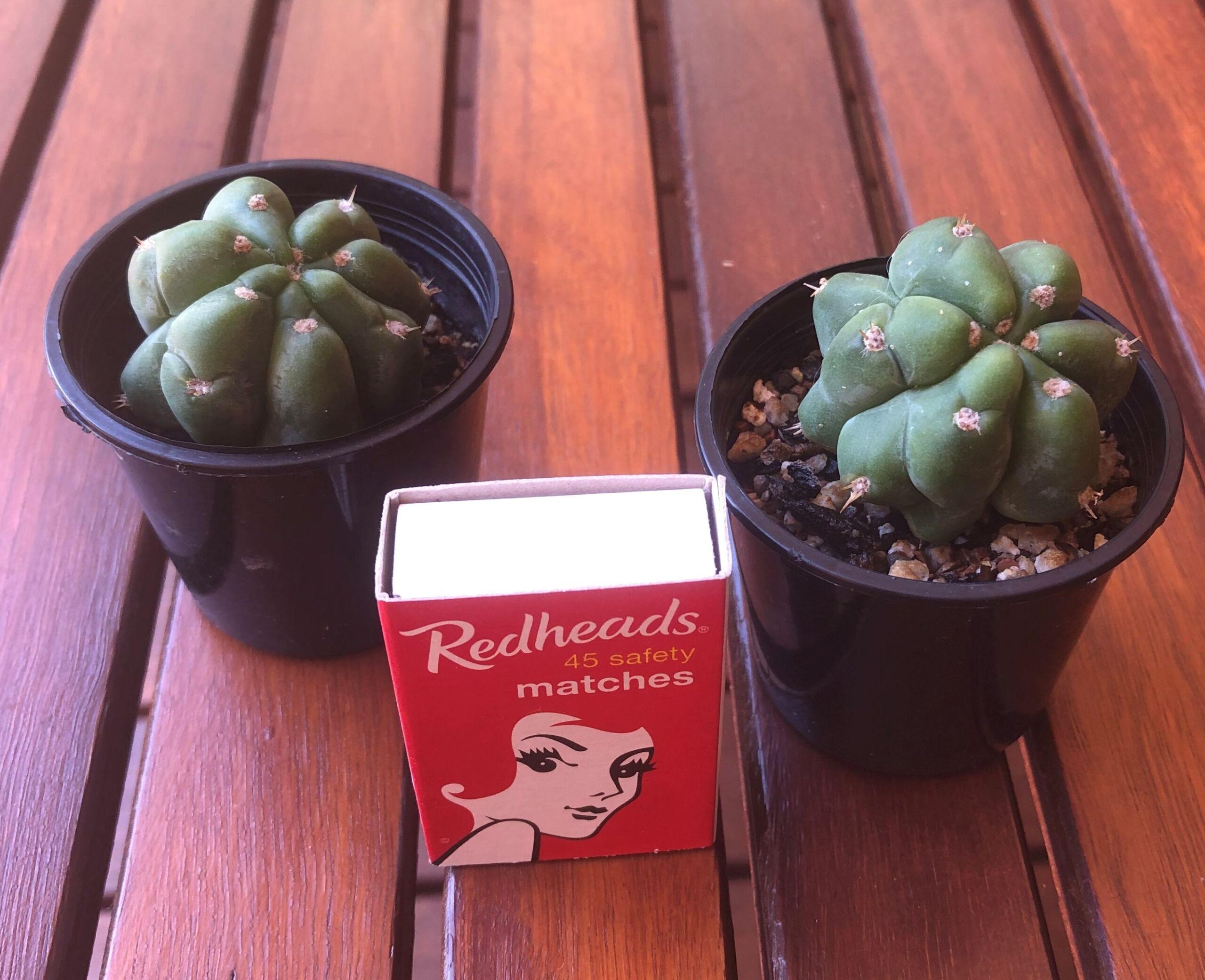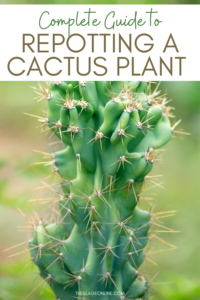Trimming a cactus can be a daunting task for many gardeners. With their spiny exterior and unique growth habits, cacti require a careful approach to pruning. Understanding the right methods, tools, and timing is essential for ensuring the health of these intriguing plants. This article delves into the nuances of cactus pruning, providing you with comprehensive guidance that will aid in the proper maintenance of your prickly companions.
Before embarking on the trimming process, it’s crucial to recognize the type of cactus you are dealing with. Different species may have varying growth patterns and pruning requirements. Common cacti, such as the Saguaro (Carnegiea gigantea) or the Barrel cactus (Ferocactus spp.), offer distinct characteristics that dictate their care. By identifying your cactus species, you can tailor your approach to meet its specific needs.
Typically, cacti benefit from pruning to promote healthy growth, remove dead or damaged parts, and shape the plant for aesthetic purposes. However, without proper technique, you risk harming the cactus. Below are comprehensive guidelines to ensure that your pruning efforts are effective and safe.
Understanding the Optimal Timing for Pruning
When it comes to pruning cacti, timing is everything. The ideal period for trimming a cactus is during its active growing season. For most species, this is spring through early summer. During this time, the plant is expanding and healing processes will be more robust.
Avoid pruning a cactus in the fall or winter, as many cacti enter a dormant phase during these months, making them vulnerable to shock. Pruning during dormancy can trigger stress responses and may lead to undesirable outcomes like rot or stunted growth.
Recognizing the Signs of Pruning Needs
Not every cactus requires frequent pruning, but certain indicators suggest it may be time to trim. Look for the following signs:
- Dead or Yellowing Pads: If any pads or segments of your cactus appear shriveled or discolored, they should be removed. These areas can harbor pests and diseases.
- Overcrowding: If your cactus has grown too large for its container or is competing with neighboring plants for space, trimming can help. This also allows for better air circulation, mitigating the risk of fungal infections.
- Unwanted Growth: Excessive growth can result in an untidy appearance. Pruning can enhance the visual appeal and encourage more compact growth patterns.
Preparing the Right Tools for Pruning
Using sharp, clean tools is imperative when trimming cacti. Dull blades can cause unnecessary damage and increase the likelihood of infection. Essentials include:
- Pruning Shears: A sturdy pair of pruning shears designed for thicker stems is ideal.
- Gloves: Protecting your hands from spines is crucial. Opt for thick gardening gloves or even specialized cactus gloves to avoid injury.
- Alcohol: Disinfecting your tools before and after use is vital to prevent cross-contamination between plants.
Executing the Pruning Process
With tools in hand, you are prepared to begin the actual pruning process. Follow these steps to minimize trauma to your cactus:
1. Assess the Plant: Before making cuts, take a moment to evaluate the structure of your cactus and determine what to trim. Focus on the areas showing signs of distress or overcrowding.
2. Make Clean Cuts: When cutting away unwanted sections, target the base of the pad or stem. Aim for a slanted cut to encourage water runoff and reduce the risk of rot.
3. Limit the Amount: Avoid excessive pruning; removing no more than 25% of the plant at one time is advisable. This ensures the cactus can recover and reduces the risk of shock.
4. Allow Wound Healing: After pruning, it is essential to let the open wounds callous over before reintroducing the cactus to its usual watering schedule. This typically takes about a week, depending on environmental conditions.
Post-Pruning Care: Nurturing Your Cactus Back to Health
Following a pruning session, your cactus will benefit from careful monitoring and care. Here are a few tips to ensure that it thrives post-trim:
- Avoid Overwatering: Newly pruned cacti may be more susceptible to water-related issues. Wait at least a week before resuming regular watering, and ensure the soil dries out completely between sessions.
- Provide Adequate Light: Ensure your cactus receives sufficient sunlight, ideally direct sunlight for a portion of the day. This will encourage healthy regrowth after trimming.
- Watch for Pests: Pruning can sometimes expose cacti to pest problems. Regularly inspect your plants for any signs of infestation.
Engaging with your cactus through pruning not only enhances the plant’s health and growth but also deepens your connection with it. By following these guidelines, you can maintain vibrant, well-shaped cacti that thrive in your home or garden. Through thoughtful pruning, each cactus can continue to tell its unique botanical story, inviting curiosity and admiration from all who encounter it.





Leave a Comment